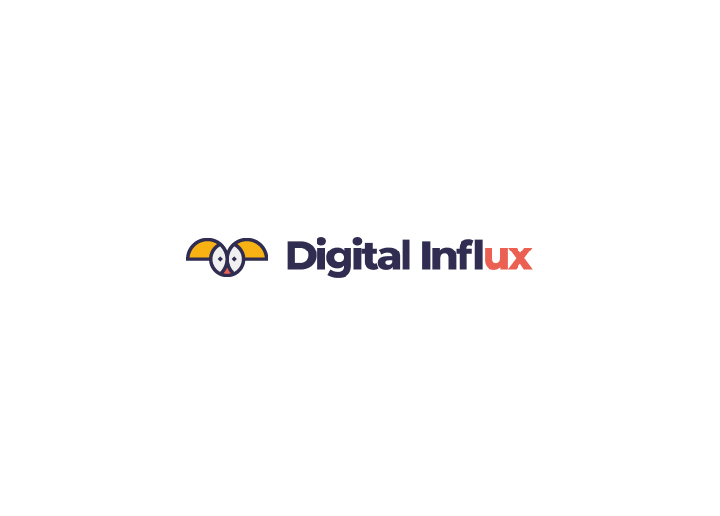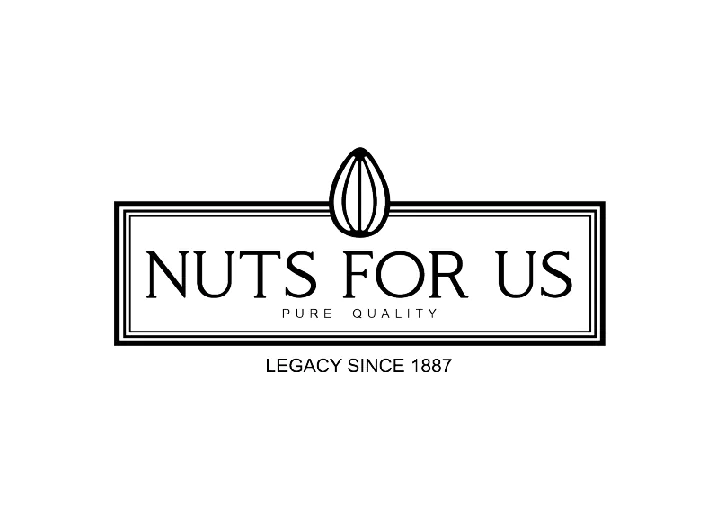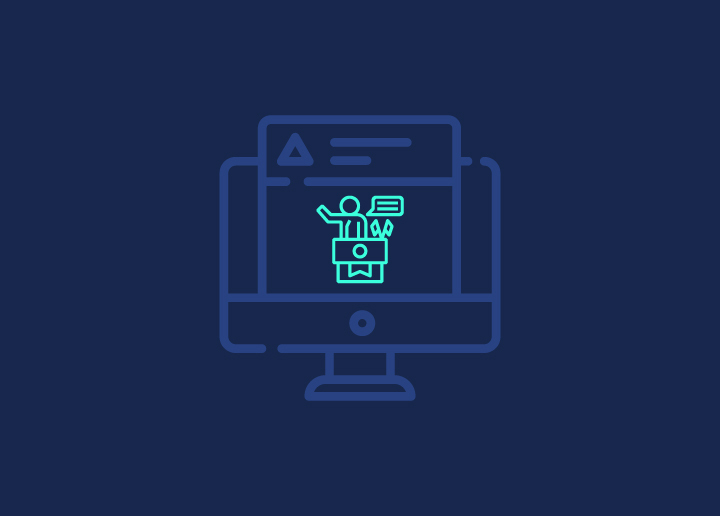Web material that varies based on the user’s behavior, choices, and interests is called dynamic content (also known as adaptable content). It is created when a user requests a page and applies to websites and e-mail content. Dynamic content is tailored and adjusts to the user’s data and access time to provide an exciting and gratifying online experience for the visitor.
Dynamic content, typically powered by apps and scripts, works in combination with inert material. A typical example is the HTML content of a landing page or an e-mail that varies according to the viewer’s location or past interactions with the website to present relevant information.
Another example of interactive web content is an e-mail in which the user’s name is automatically fetched from a database and added via HTML text. It evolves according to the preferences, interests, and actions of users.
Examples of dynamic content
There are several instances of websites that make use of dynamic content to customize the user experience. Booking.com, for example, uses this technique to boost the urgency of a listing by displaying the number of visitors who look at it simultaneously. Here are some additional similar examples:
The user’s location, weather & temperature, system details, browser, and so on are examples of text that may be turned into dynamic content. This information may be used immediately, even if you’re visiting the website for the first time. Suppose the user has previously visited the website and may be formed an account. In that case, other more particular data can be utilized to customize the content, such as name, gender, browsed items, past actions taken, etc.
Dynamic vs. Static Content
Since the dawn of the internet, inert material has been the standard. This is because it is significantly easier to implement than the dynamic text option. The disadvantage is that static information is not tailored, which affects the website’s speed. Dynamic content, while more complex to put up, offers several distinct advantages:
- It makes the experience more user-friendly.
- It aids in the improvement of critical KPIs such as conversions, bounce rate, and page views.
- It’s seamless and won’t mess with the website layout once it’s up and functioning, so you won’t have to worry about it.
How can dynamic content be implemented?
There are a variety of options for implementing dynamic content. It can be done in a customized manner, but this requires both development and time resources, which most businesses lack. Alternatively, you may utilize third-party tools to create dynamic text instances on your website quickly. Omniconvert.com is an example of such software.
You must establish an account with Omniconvert to produce dynamic text. Simply start an A/B testing trial and create the appropriate dynamic content in the WYSIWYG editor once you’ve signed in to the dashboard by deciding what you’d like to customize.
Want to know more about this topic? Head to Seahawk Media for the best information on Dynamic Content.


















